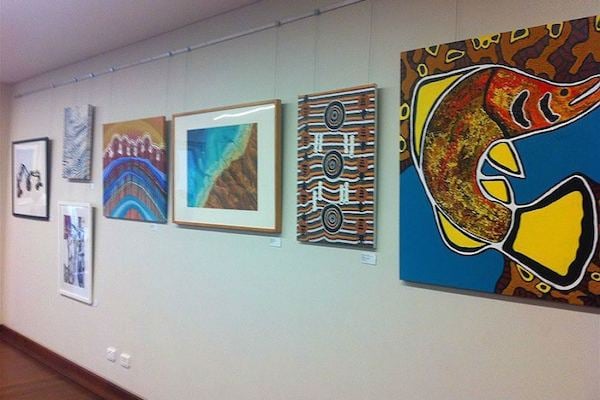
A judge, appointed to select the winner of an Australian Aboriginal art prize, declared the award void on the grounds that “there was absolutely nothing fresh or original” to be found among the contestants’ works, reports the Guardian.
“I looked at the works carefully, and I felt I’d seen very similar ones before,” Perpetua Durack Clancy continued, justifying her controversial decision, which sparked a heated debate in the Western Australian city of Broome.
Michael Torres, an artist who attended the prize ceremony, said he was “gobsmacked” by Durack Clancy’s announcement: “It’s so insulting to the artists there. You’ve got an old non-Indigenous lady saying these Indigenous art works are not worthy of being awarded any prize.”
But the controversy surrounding Aboriginal art might in fact be second nature to Durack Clancy. Her mother was the artist Elizabeth Durack, who sold work under the fictional identity of an Aboriginal man named Eddie Burrup in the 1990s. Her works were shortlisted in several Indigenous-only art prizes until the ruse was uncovered in 1997.
“I thought Broome might have been sophisticated enough to cope with some direct comment,” Durack Clancy added, unfazed.
The cash prize of the Shinju Matsuri Art Award ($1,000) will roll over to next year’s edition.